-2.jpg)

What is the problem?
How to use AI assistance in a better way so that designers can be more inspired and perform better during brainstorming.
Why is this important?

Survey
A questionnaire was distributed to students studying design at Loughborough University who had experience of brainstorming to investigate their brainstorming preferences and attitudes towards AI.
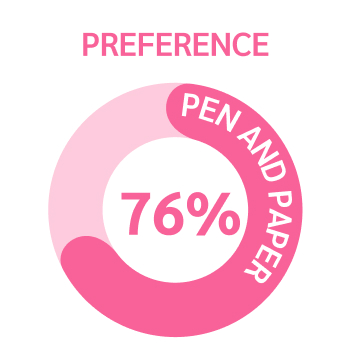
76% of designers prefer to use pen and paper for brainstorming rather than online tools.
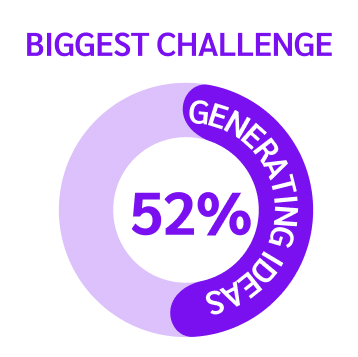
52% of designers believe the biggest challenge in the brainstorming process is generating new ideas.
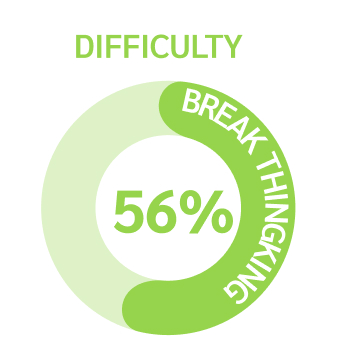
56% of designers find it difficult to think outside the box.

60% of designers want AI to give them tips and advice during brainstorming.
As a result, three possible ways for designers to use AI were identified to try and see which would be more appropriate for designers’ design patterns
Getting AI to use SCAMPER, 6Hats and other techniques to ask leading questions to improve creativity.

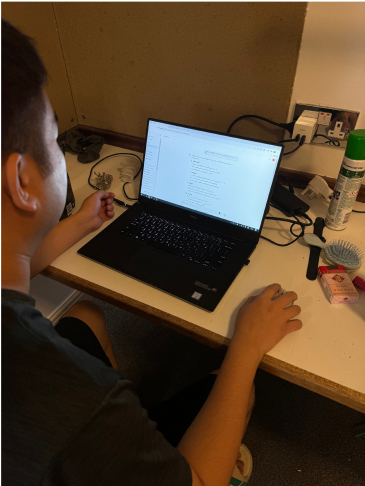
Inspiring
Highly stable
Logically sound
2. Use Visual Stimuli
Visual stimulation stimulates association and divergent thinking, which increases creativity.


No meaning
Instability
Restricted thinking
3. Role-plays and Simulations
Utilizing role-playing and simulations breaks conventional thinking and deepens understanding.
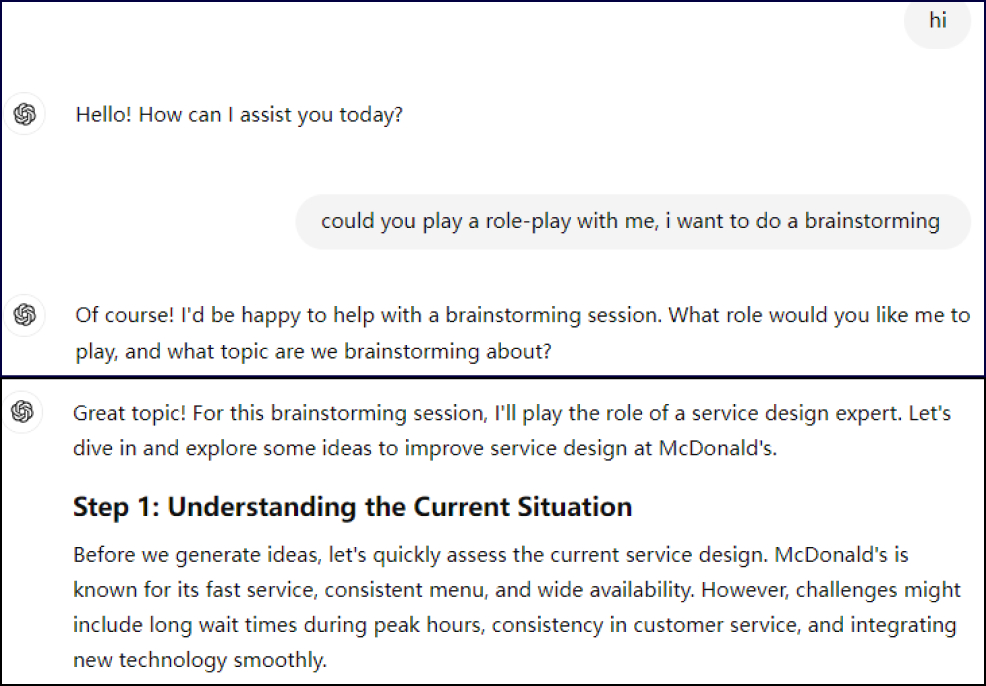
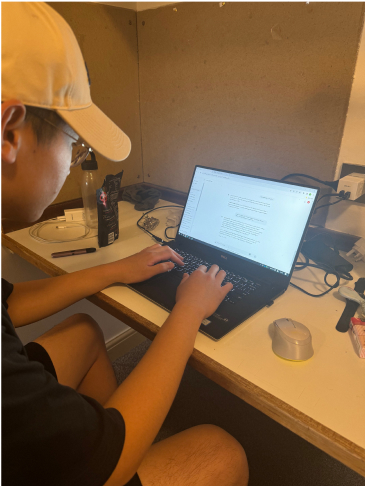
Poor stability
Poor initiation
Uncontrollable
So,using different design methods combined with AI is the most appropriate and stable way to assist designers in brainstorming.
Then, the main task was to explore which design pattern combined with AI would be more stimulating for designers to perform better in brainstorming.So I chose the way of the two most recognised, scamper and 6hats.
I used two brainstorming questions for the crossover experiment because the same person can’t brainstorm a question twice.
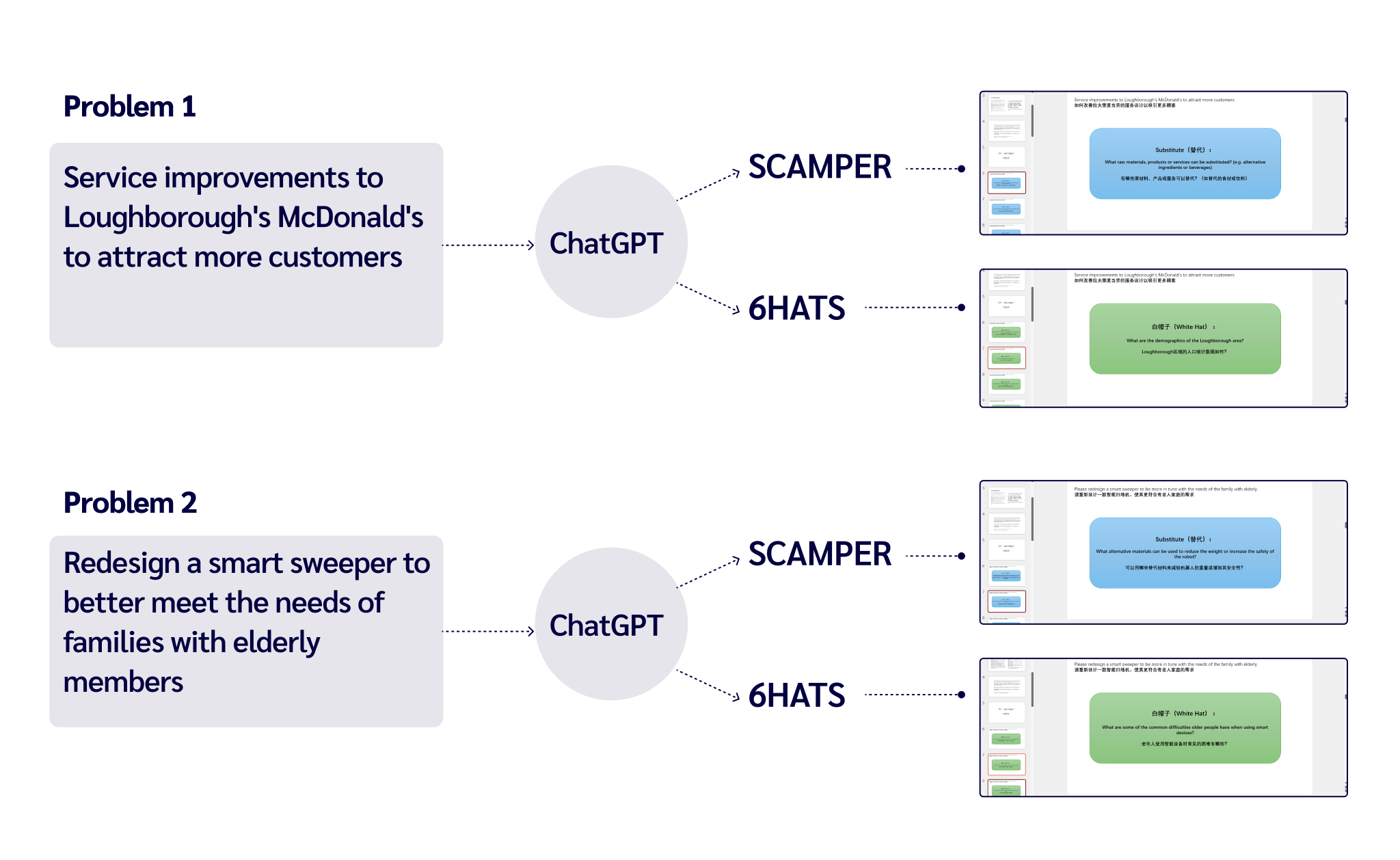
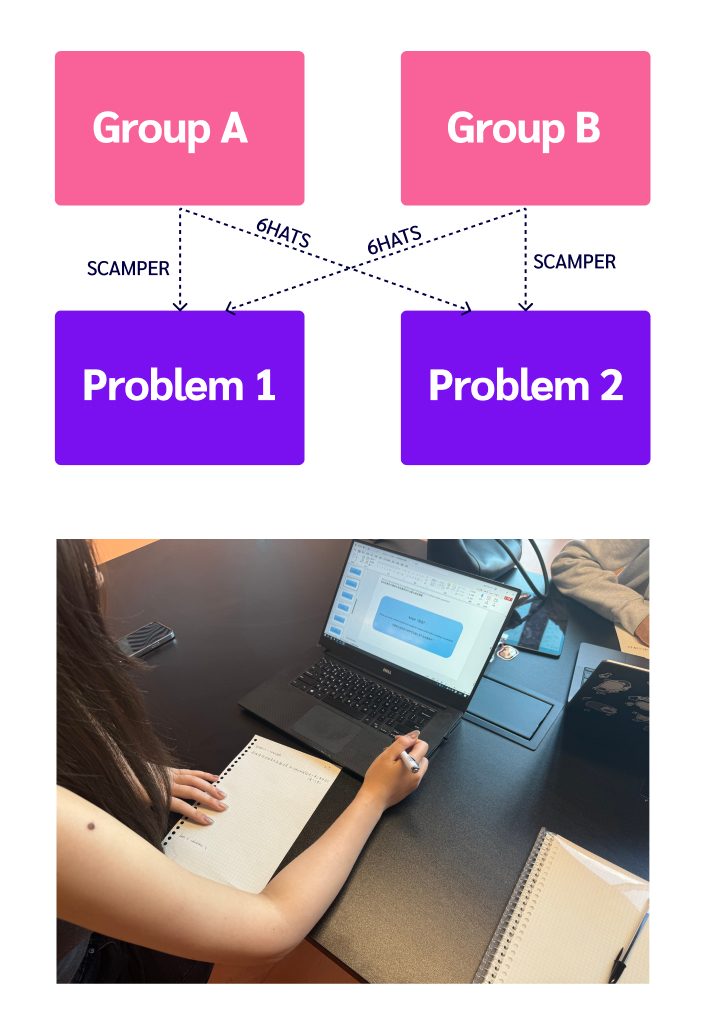
So there are a total of 4 final prototypes:
The final participants will be randomly divided into two groups and cross‐tabulated, with
group A completing prototype 2 & 3 and group B completing prototype 1 & 4.
After completing each brainstorming session, participants rated inspiration and creativity, satisfaction, quality improvement, and intention to use based on their subjective perceptions.
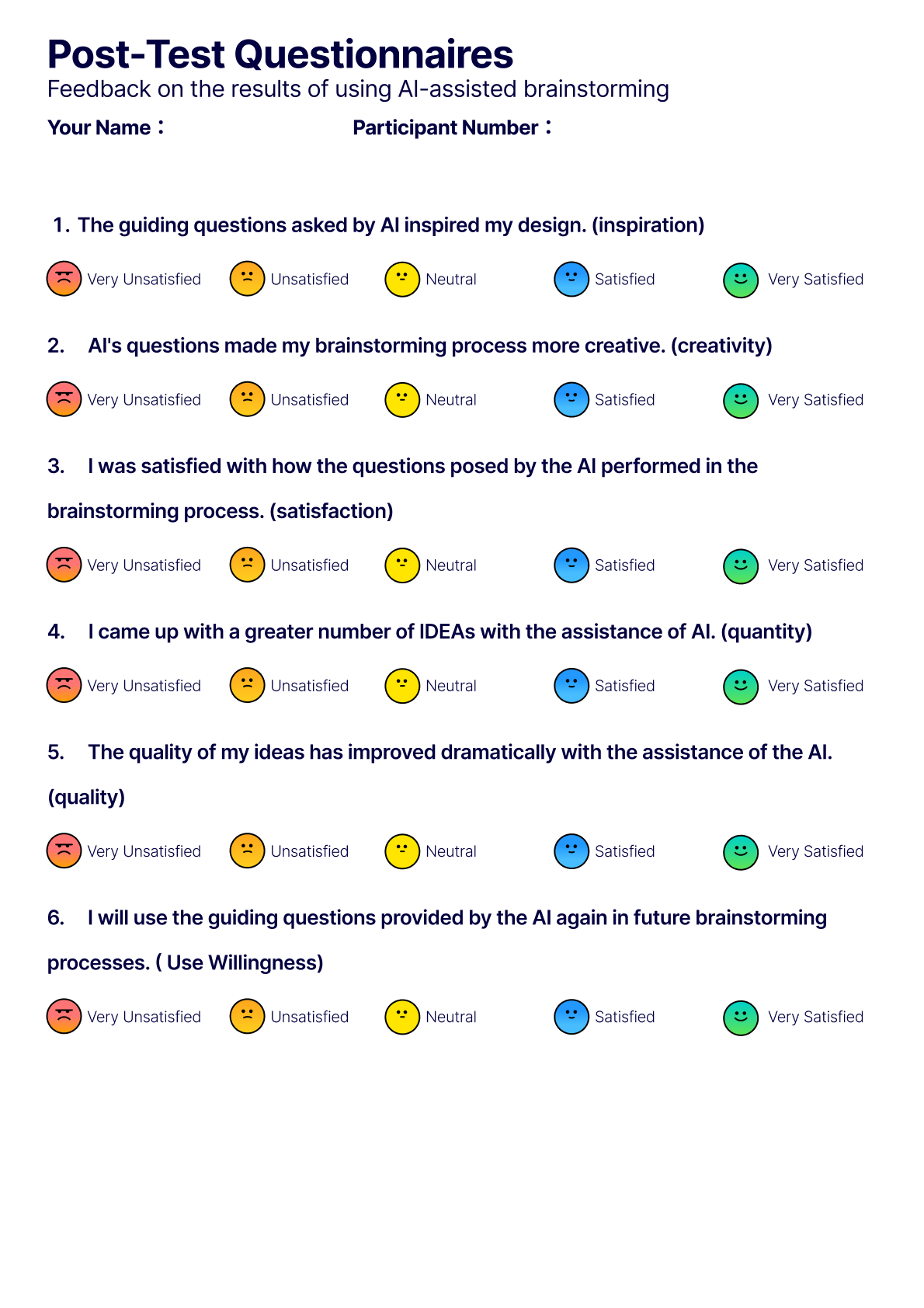
2. Quantity of ideas
After completing brainstorming, they are evaluated on the number of ideas they came up with.
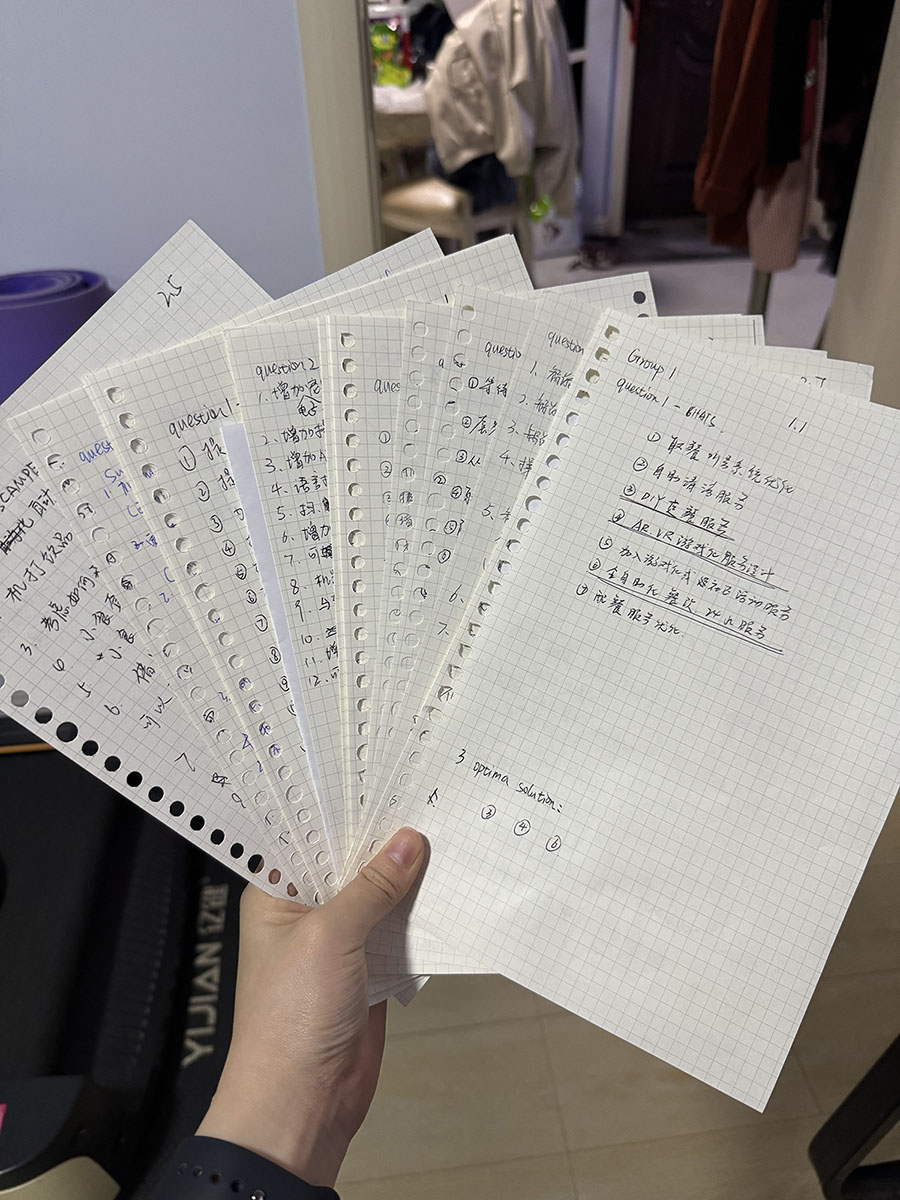
3. Quality of ideas
After completing the test, participants were required to select the 3 ideas they were most satisfied with, which were then evaluated and scored by 4 experienced designers recruited to evaluate and score the ideas from three perspectives: innovation, feasibility and practicality.
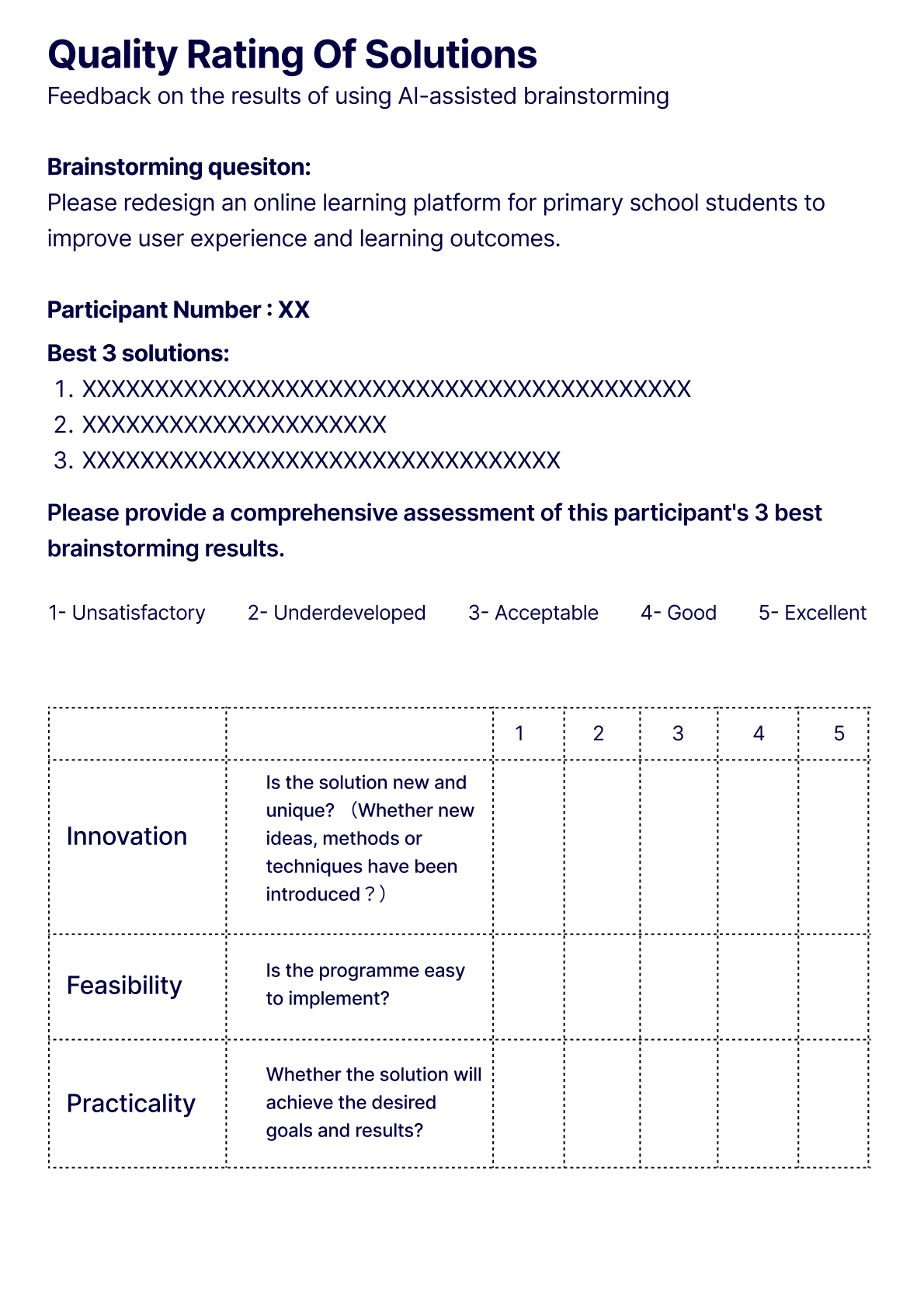
Data from all the above quantitative analyses will be analysed through SPSS tools.
After the participants had completed all the prototype tests, a short interview was conducted to ask them about the strengths and weaknesses of SCAMPER and 6HATS after working with the AI, their tendency to use it, what needs to be improved, and what other ideas they have for AI involvement in brainstorming.
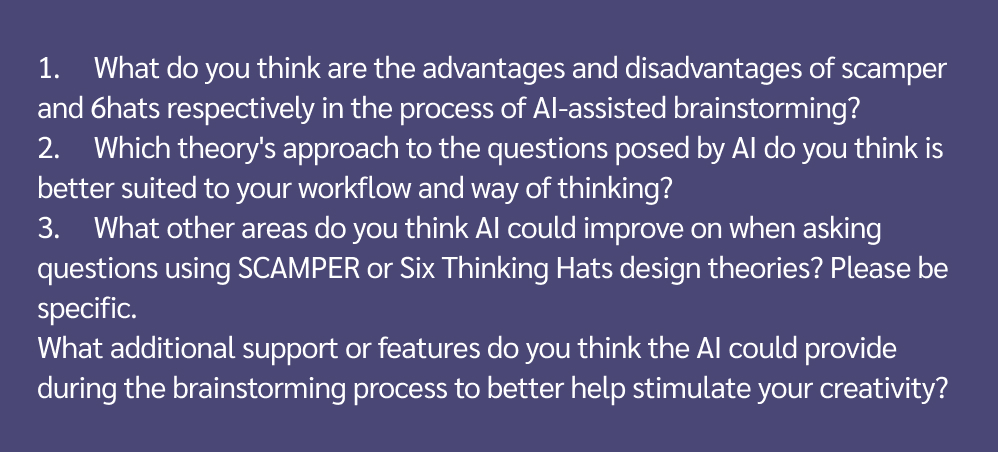
Post-test questionnaire
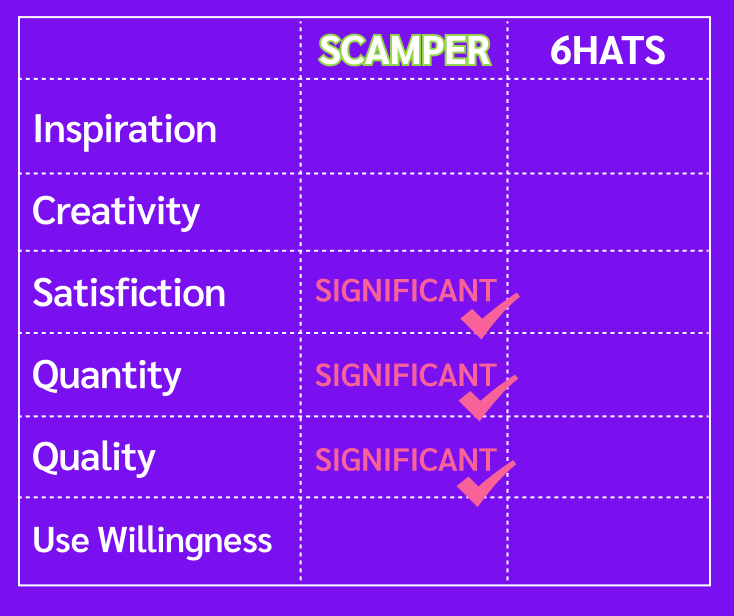
Quantity of ideas
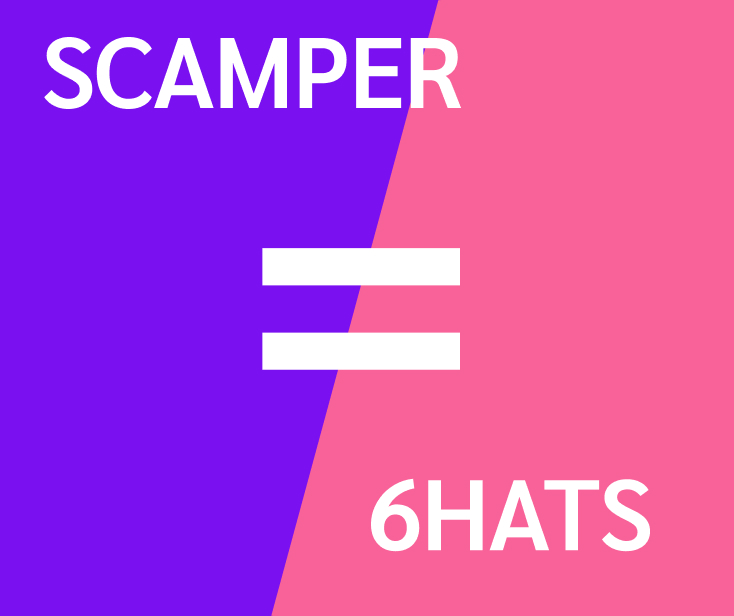
Quality of ideas
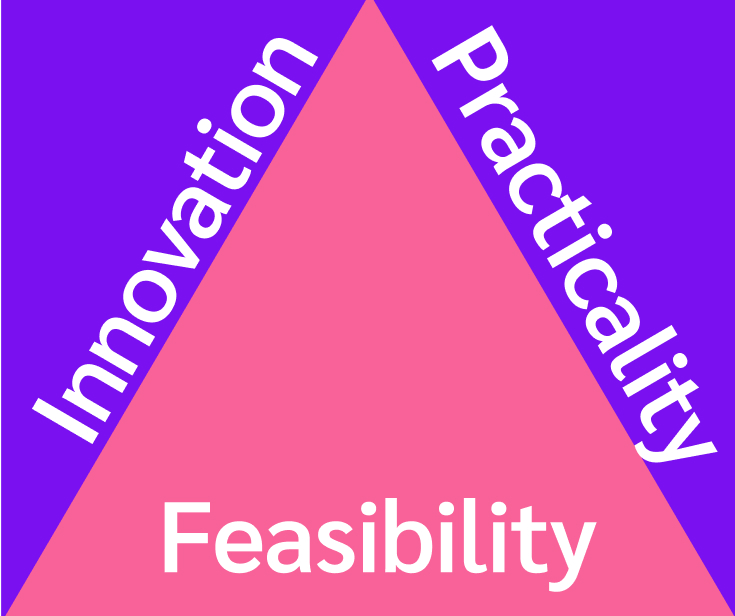
In summary, they felt better subjectively about scamper, but scamper didn’t make a significant difference to the quantity or quality of their IDEA.
In the qualitative analyses, the data were all derived from the participants’ exit interviews
and each question covered a different perspective and scope
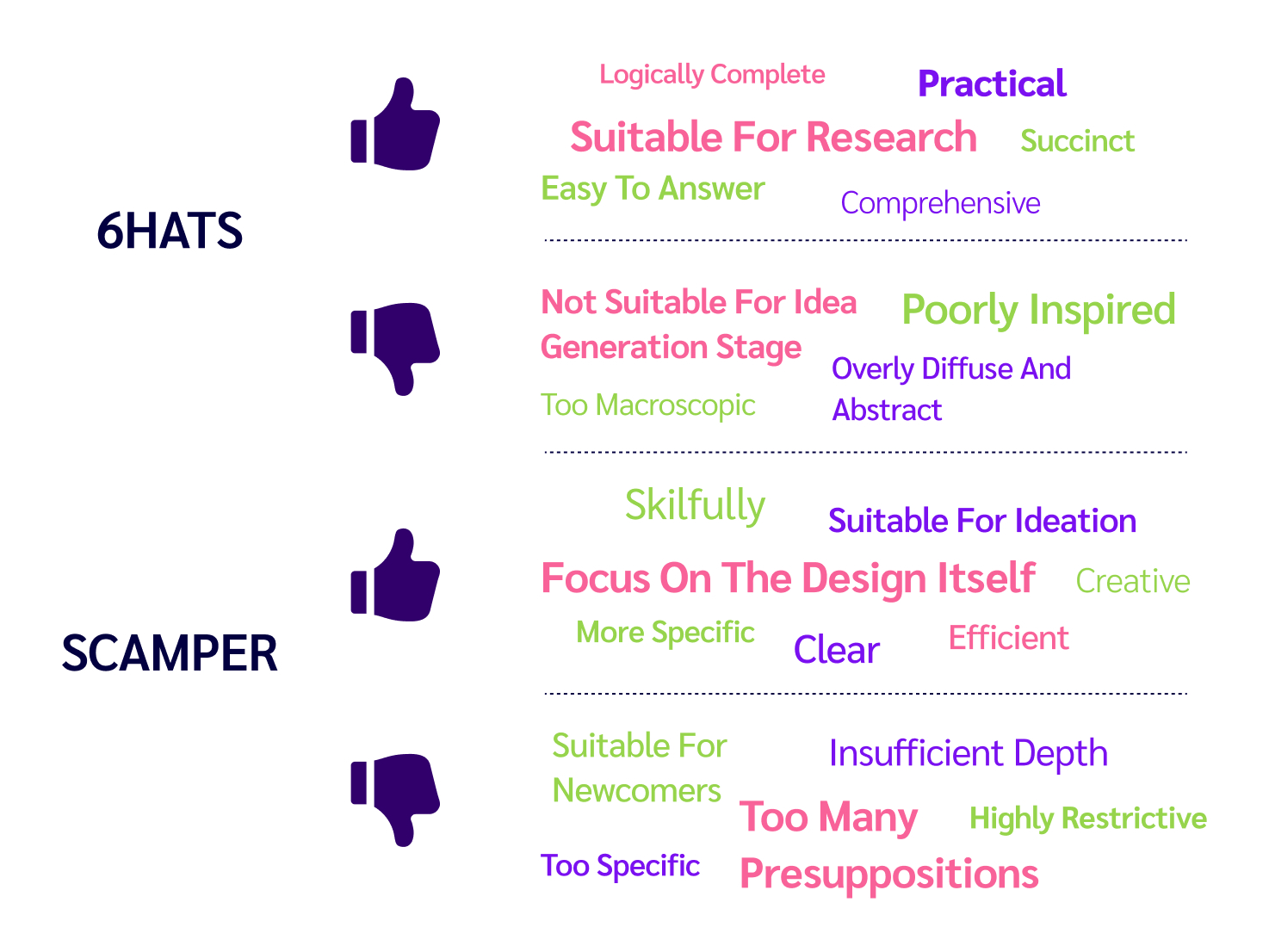
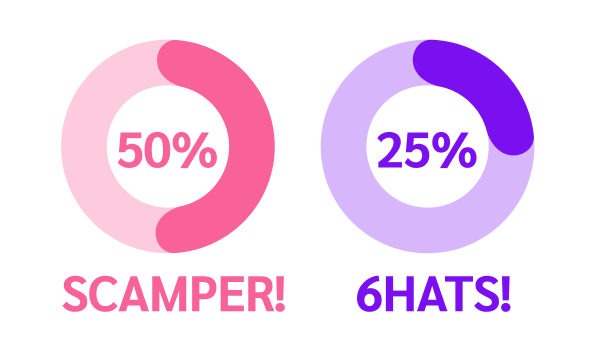
50% of the participants preferred SCAMPER, 25% chose 6HATS and the remaining 25% could not make a choice.
According to the analyses, although there was no significant difference in the quantity and quality of ideas generated during the brainstorming process using the SCAMPER and the Six Hats methods, from the subjective point of view of the designers, the SCAMPER was superior to the Six Hats in terms of satisfaction, perceived quality of the ideas, and quantity of ideas. And based on the results of the qualitative analysis, I upgraded the SCAMPER prototype and conducted a small test.

Case generated by AI
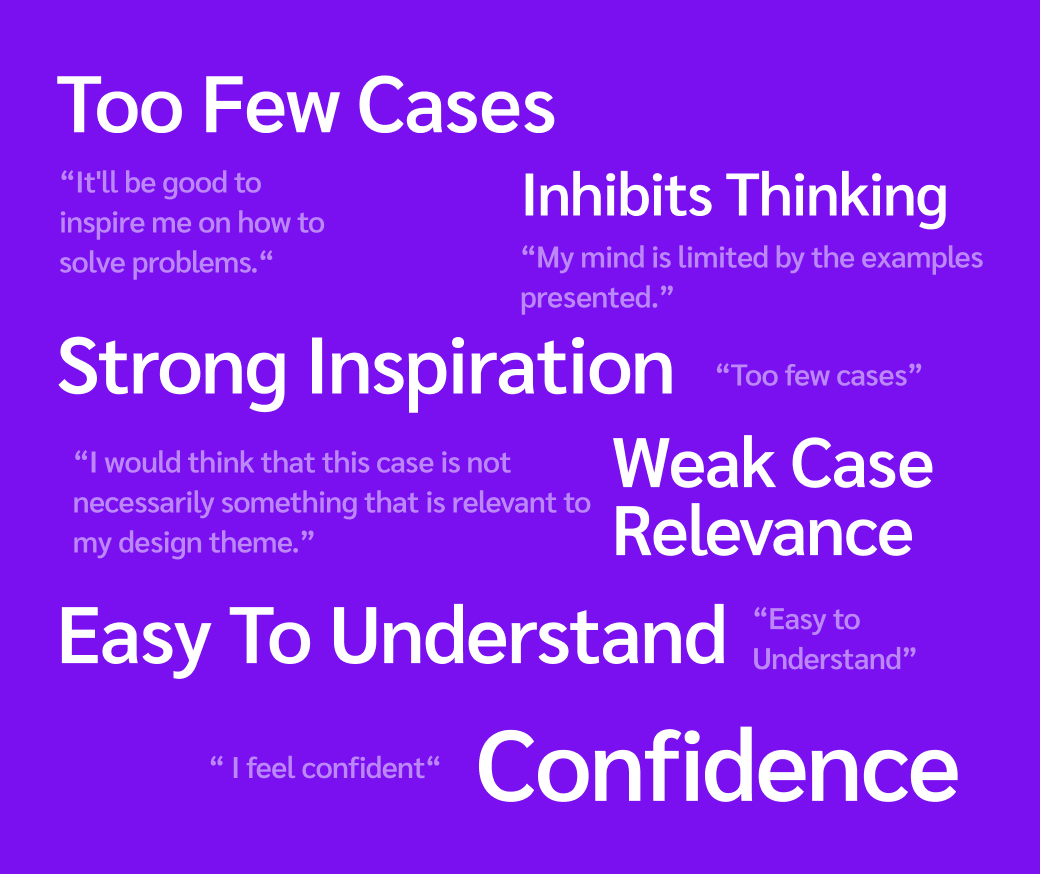
To summarize, AI‐generated relevant cases will increase designers’ confidence and inspire
to a certain extent, but they may also limit designers’ thinking. At the same time, AI should
generate more relevant cases.
Image generated by AI

AI‐generated case images, even though they can visualize the case to a certain
extent, will limit the designer’s thinking, and most of the AI images can’t make sense very
well.
Tips given by AI
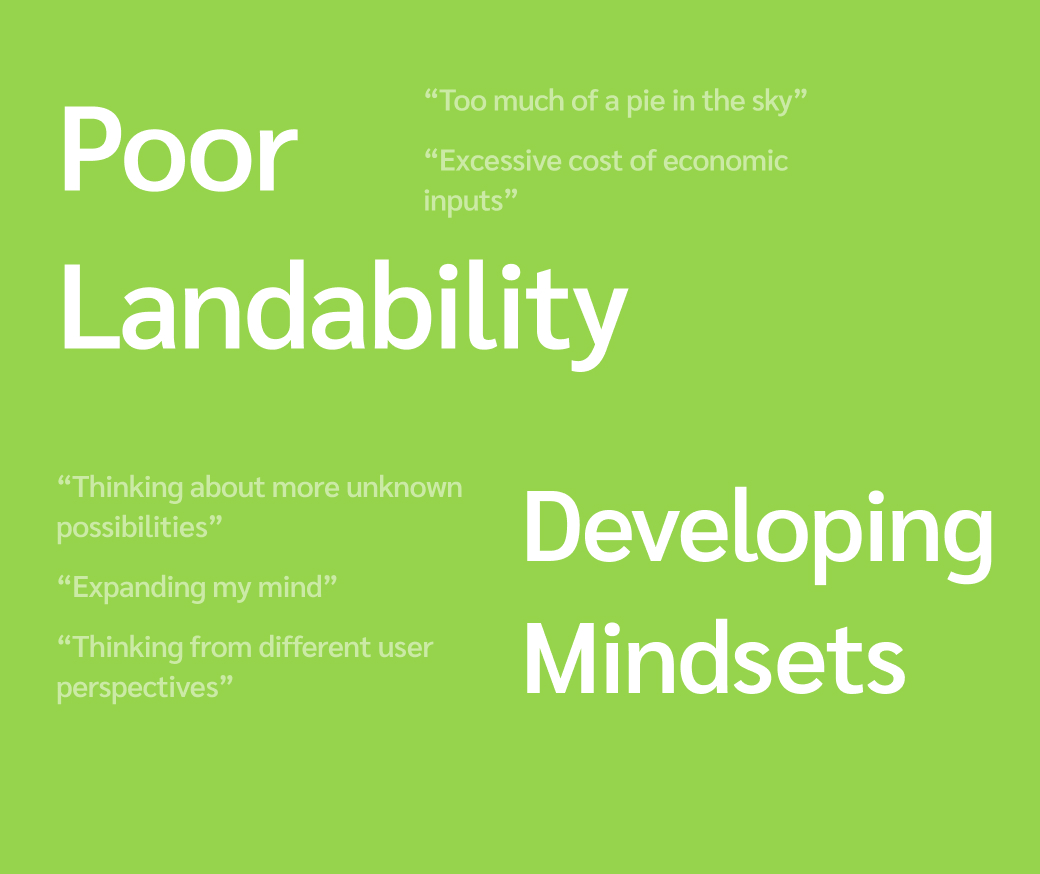
AI‐generated tips are effective in inspiring users’ thinking, but are not as stable
because AI considerations sometimes lack practicality or are too pie‐in‐the‐sky.
This paper investigates the impact of guided questions generated by AI in combination with
different design practices (SCAMPER & 6HATS) on the brainstorming process of designers,
and a series of conclusions are drawn. These conclusions can generate some guidance on
how to better integrate AI into the designer’s inspiration phase in the future.